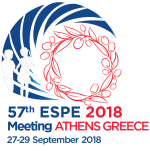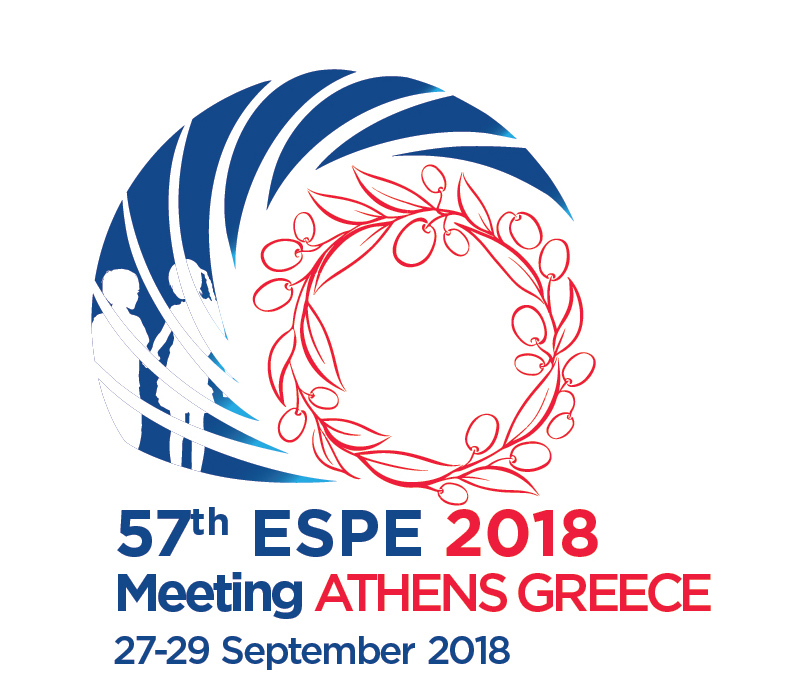
57th Annual ESPE
Athens,
Greece
27 Sep 2018 - 29 Sep 2018

Free Communications
Multisystem Endocrine Disorders
hrp0089fc14.1 | Multisystem Endocrine Disorders | ESPE2018
Awareness and Participation in Rare Disease Registries Within the European Reference Network on Rare Endocrine Conditions (Endo-ERN)
Ali Salma R , Bryce Jillian , Cools Martine , Korbonits Marta , Beun Johan G , Taruscio Domenica , Beuschlein Felix , Danne Thomas , Dattani Mehul , Dekkers Olaf , Linglart Agnes , Netchine Irene , Nordenstrom Anna , Patocs Attila , Persani Luca , Smyth Arlene , Sumnik Zdenek , Visser W Edward , Hiort Olaf , Pereira Alberto M , Ahmed S Faisal
hrp0089fc14.2 | Multisystem Endocrine Disorders | ESPE2018
National UK Guidelines for the Clinical Assessment, Diagnosis, Treatment and Follow-up of Children and Young People (CYP) Under 19 Years of Age with Phaeochromocytoma (PCC) and Paraganglioma (PGL) – On Behalf of the UK Paediatric Phaeochromocytoma and Paraganglioma Guideline Development Group (GDG)
Katugampola Harshini , Marks Stephen , Quek Samuel , Yadav Prateek , Spoudeas Helen A , Harrison Barney
hrp0089fc14.3 | Multisystem Endocrine Disorders | ESPE2018
Regulation of Salt, Sugar and Sex Steroids in Humans by Genetic Variations in NADPH Cytochrome P450 Oxidoreductase (POR) Identified in 1000 Genome Samples
Pandey Av Amit V , Udhane Sameer S , Parween Shaheena
hrp0089fc14.4 | Multisystem Endocrine Disorders | ESPE2018
Glucocorticoid Deficiency Causes Differentially Dysregulated Oxidative Stress Depending on the Steroidogenic Defects
Li Nan , Weger Meltem , Griffin Aliesha , Eachus Helen , Cunliffe Vincent T , Krone Nils
hrp0089fc14.5 | Multisystem Endocrine Disorders | ESPE2018
Pubertal Females Produce an Enhanced Interferon-Alpha, Anti-viral Response Compared to Males, Which is Associated with X Chromosome Number, and Not Sex Hormones
Webb Kate , Butler Gary , Ciurtin Coziana , Peckham Hannah , Radziszewska Anna , Wedderburn Lucy R , Ioannou John
hrp0089fc14.6 | Multisystem Endocrine Disorders | ESPE2018
Sex Differences in Autoimmune Disease: Testosterone is Associated with a Decrease in Expression of Key Anti-viral Genes During Puberty, Which may Decrease the Risk of Autoimmunity in Males
Webb Kate , Butler Gary , Ciurtin Coziana , Peckham Hannah , Radziszewska Anna , Wedderburn Lucy R , Ioannou Yiannis



